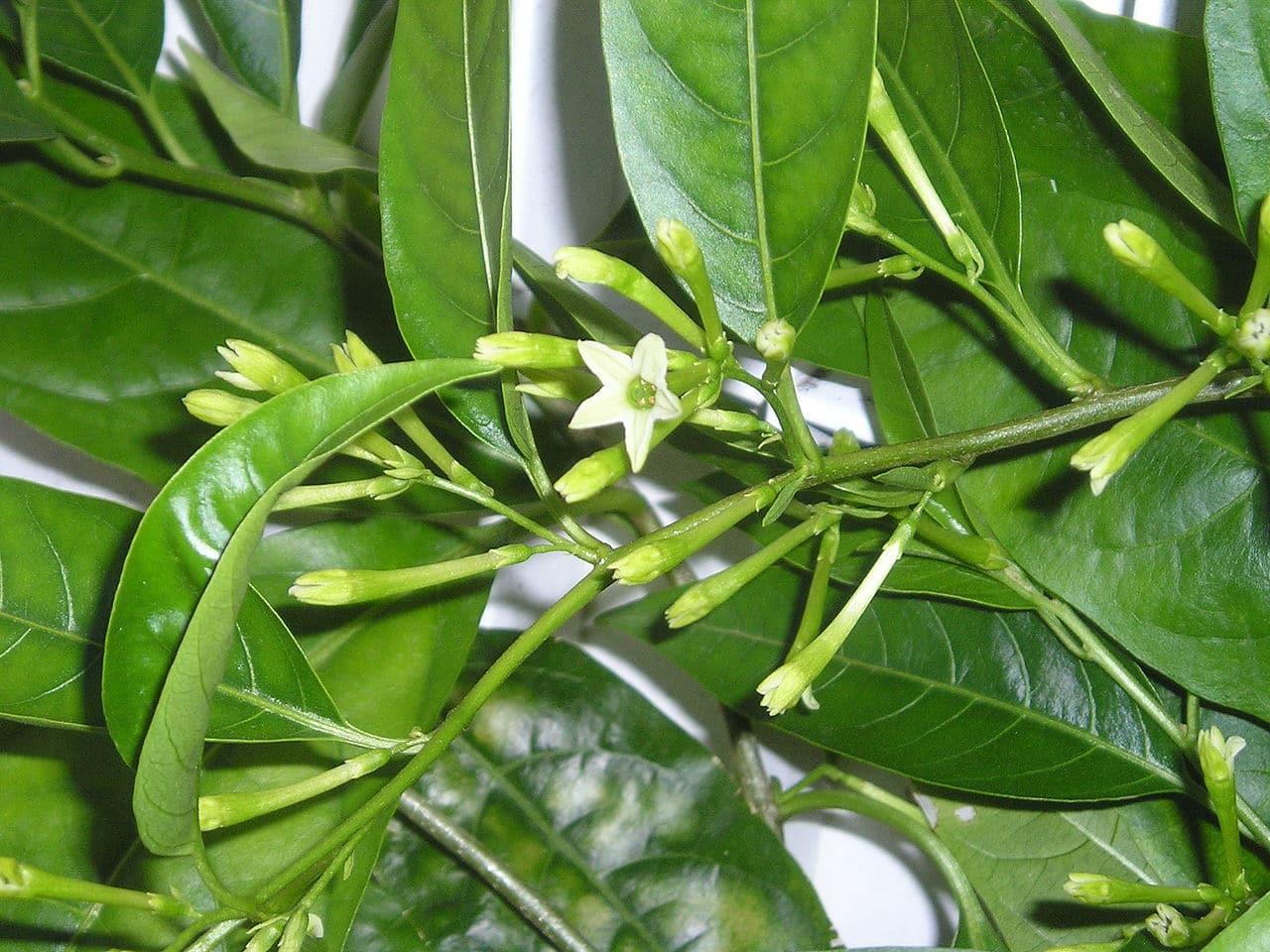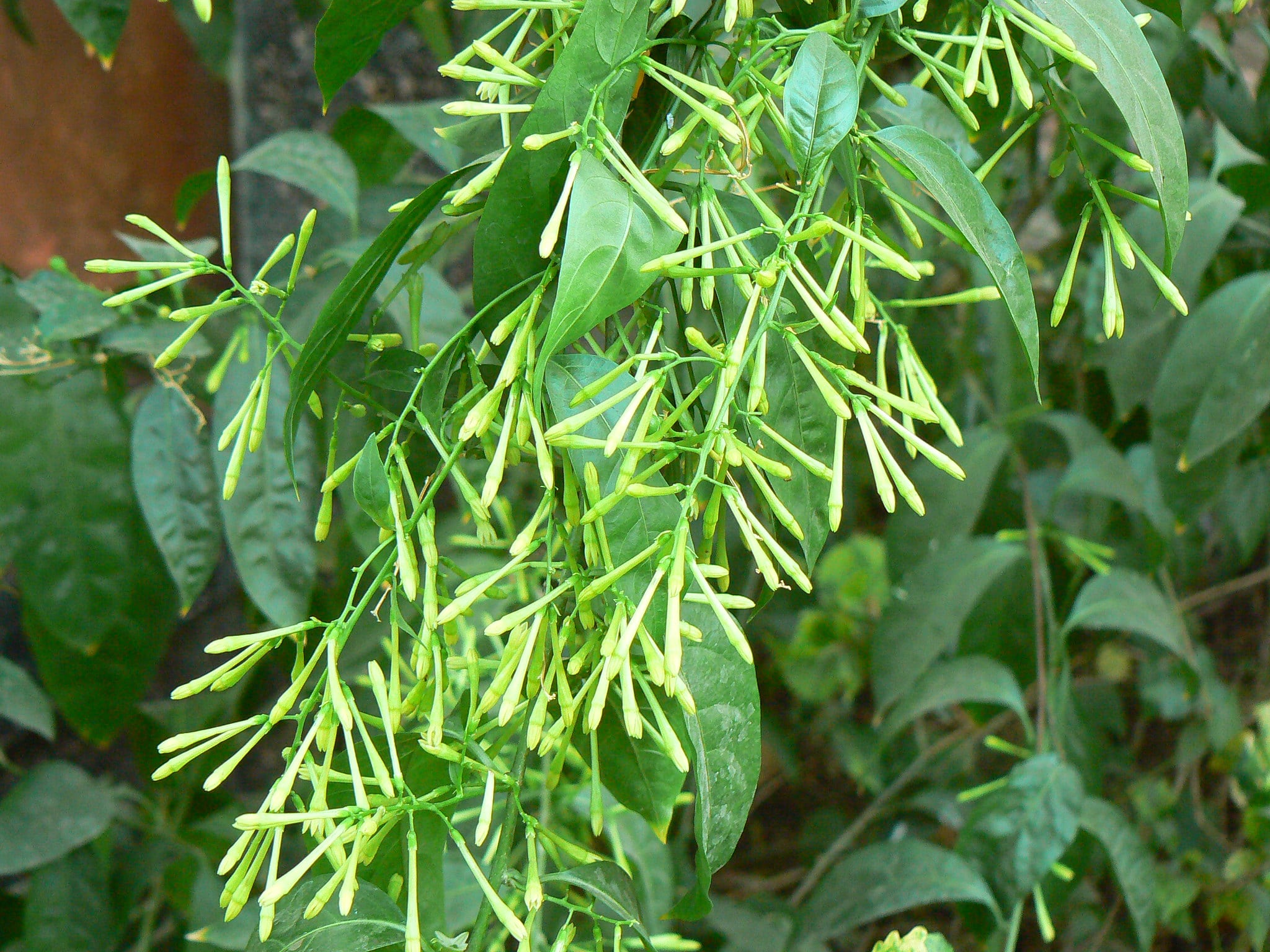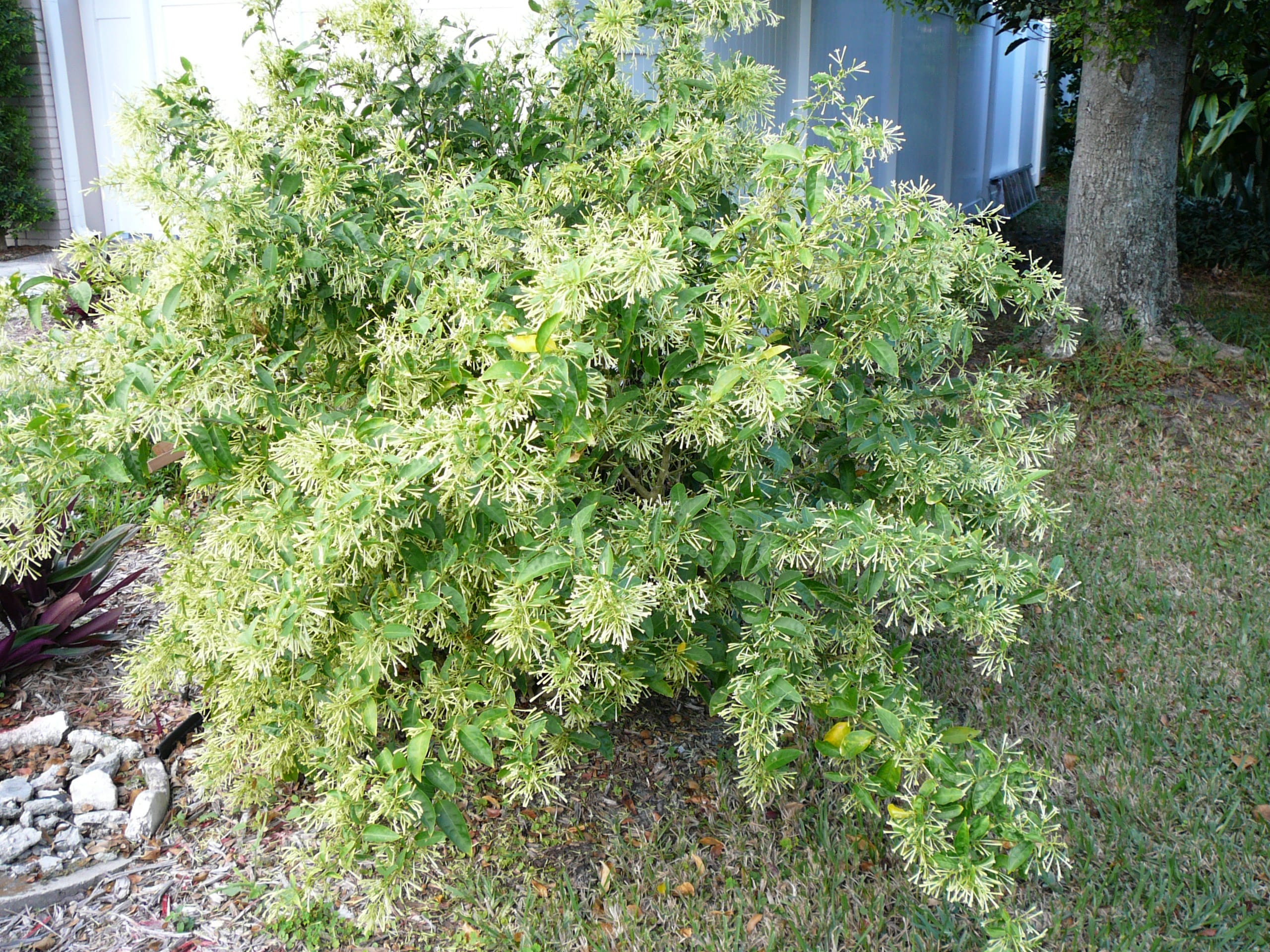
The lady of the night, known by the scientific name Chester nighttime, is a shrub that produces small but pleasantly aromatic flowers during the summer. While it is very easy to care for, their growth and development can get a bit out of control, thus needing an annual pruning.
But Do you know when and how the lady at night is pruned? If the answer is negative, don't worry. Take pruning shears, put on some gardening gloves and follow our recommendations to have a beautiful plant.
When was the lady pruned at night?

Image - Flickr / Dinesh Valke
Plants are generally pruned when they are not growing to prevent loss of sap. But in the case of the night Lady, if we want it to have a more interesting growth, we have to do a »hairdressing session» at the beginning of summer, after the first flowering.
What is achieved with this pruning? Just what interests us: a greater production of branches that could come to bloom that same year. Thus, we could enjoy its flowers and its intense aroma twice in the same season. Great, right?
Then, at the end of winter, we can also prune it, this time to control its development.
What tools are needed to prune it?
Before carrying out any type of task, it is important to prepare the things that are going to be used, as this way the work will be easier, more comfortable and faster. To prune the lady at night, you will need:
- Pruning shears: to cut branches whose thickness is less than one centimeter.
- hand saw: to cut woody branches 1 centimeter or more thick.
- Disinfectant: be it pharmacy alcohol or soap, you will use it to clean the tools before and after use in order to avoid infections.
- (OPTIONAL) Healing paste: to seal wounds. Its use is recommended for woody branches, especially if they measure more than one centimeter.
How do you prune the lady at night?

Image - Wikimedia / Cary Bass
To prune it properly, the first thing to do is disinfect pruning shears with pharmacy alcohol. Once this is done, simply proceed to trim the branches, everything we think is necessary but keeping in mind that the bush must have a more or less rounded shape, like the one we can see in the image above.
Let's not be afraid to cut a lot in the winter pruning: it is a very resistant plant that will not take long to recover. The only thing not to do is cut it at ground level, because then we would lose it. You have to leave branches of at least 20-30cm, with leaves.
What other care does the Chester nighttime?
El Chester nighttime or lady of the night is a shrub that, in addition to annual pruning, will need other care so that it can maintain itself well. These are:
- Location: it is a plant that must be outside, in a light exhibition. It may be in semi-shadow.
- Earth:
- Pot: fill with universal substrate mixed with 30% perlite. Other options are mulch mixed with 30% clay or volcanic clay for example.
- Garden: the soil must be rich in organic matter, and well drained since it does not tolerate waterlogging.
- Irrigation: irrigation must be moderate. During the summer it is advisable to water an average of 3 times a week, while the rest of the year it will be necessary to reduce the frequency of irrigation.
- Subscriber: it is advisable to fertilize during spring and summer with organic fertilizers, such as guano (for sale here) or compost. If you grow it in a pot, use liquid fertilizers following the instructions specified on the container.
- Planting or transplanting time: in spring. If you have it in a pot, move it to a larger one -with holes in the base- if you see that the roots are coming out of the holes or if you see that it has occupied all of it and cannot continue growing.
- Rusticity: it resists well the cold and the frosts of up to -4ºC. In colder climates it should be protected in a greenhouse or inside the home.
Has it been useful to you?
I have a hibiscus with lots of orange flowers, but every now and then it grows a suspicious-looking, grainy yellow mushroom ... I take it off but after a while? Go back to dalir
Can you tell me if that is normal?
Hi Manel.
Yes it's normal. Do not worry. That is that a spore must have fallen on the substrate, and when it saw that it had water, it germinated.
If the plant blooms, it is a sign that everything is fine 🙂. Anyway, if you don't trust it, in autumn-winter-spring you can add copper or sulfur, as if you were adding salt, every 15-20 days. This will kill the fungus.
A greeting.
I have a gallant at night and a white foam has come out. How do I remove it? Thank you
Hi Rebecca.
You can remove it with water and a little diluted neutral soap. But if it comes out again, it is preferable to apply a triple action.
A greeting.
I have liked the advice. Now I have a question, the leaves of my lady of the night dry at the ends, what happens?
Hello Maria.
There can be many reasons. We leave you a link to an article in which we talk about this topic: dry or burned leaves.
Greetings.
My potted plant requires daily watering in the summer and three times a week in the fall.
Hello Gerhard.
Yes, depending on the climate, it will need more or less frequent watering.
A greeting.